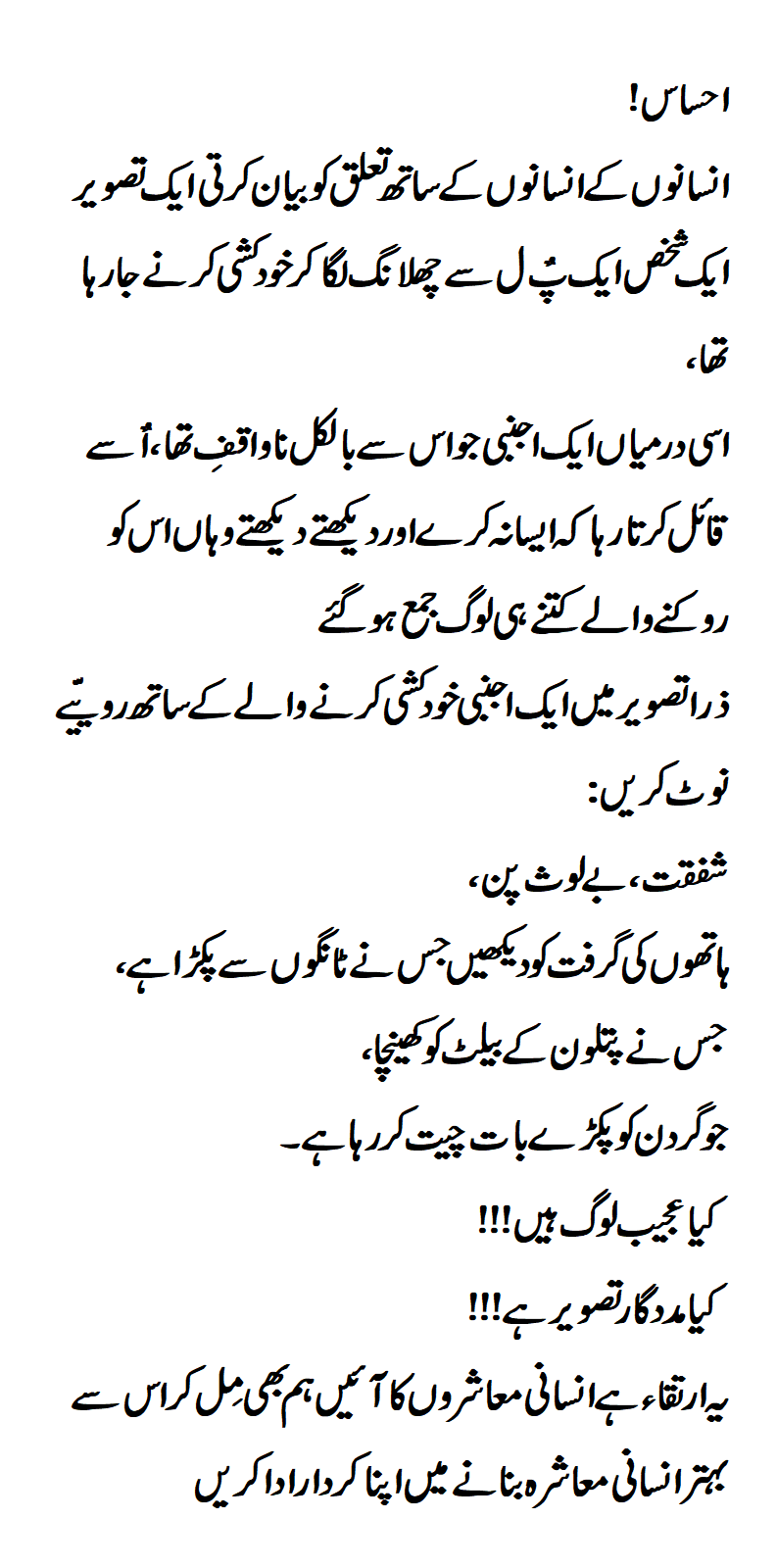Images of the human being. The visualisation of the invisible. What does this title mean? The title describes a process of imagining and thinking which results in images of the human being. Human beings create images of themselves in all cultures and historical periods.
They need these images to communicate about themselves and to understand themselves. Images of the human being are designs and projections of the human being. They are formed in order to visualise representations of the human being or individual aspects of a human being.
These representations are simplifications of human diversity and complexity in illustrations. A “productive moment” is portrayed here in these representations, as the discussion about the Laocoon statue shows. Historical developments and interpretative variants are not displayed in such iconic “productive moments”.
The special nature of an image lies in its concentration on one moment and in the suggested evidence – but the limits of iconic representation are also revealed therein. Images of human beings are always simplifications which, despite their simplifying character,
are extremely effective. The power structures of a society which are often difficult to see are incorporated in the construction of images of human beings. They are the result of differentiated processes of inclusion and exclusion. Desires, norms and values are conveyed in images of human beings.
Images of human beings are aimed at the normalisation of humans. Social and cultural institutions, as well as religions, utopias and world views, use images of human beings to portray their conceptions of humans and to embed their ideas in the imaginary and in the actions of humans.
